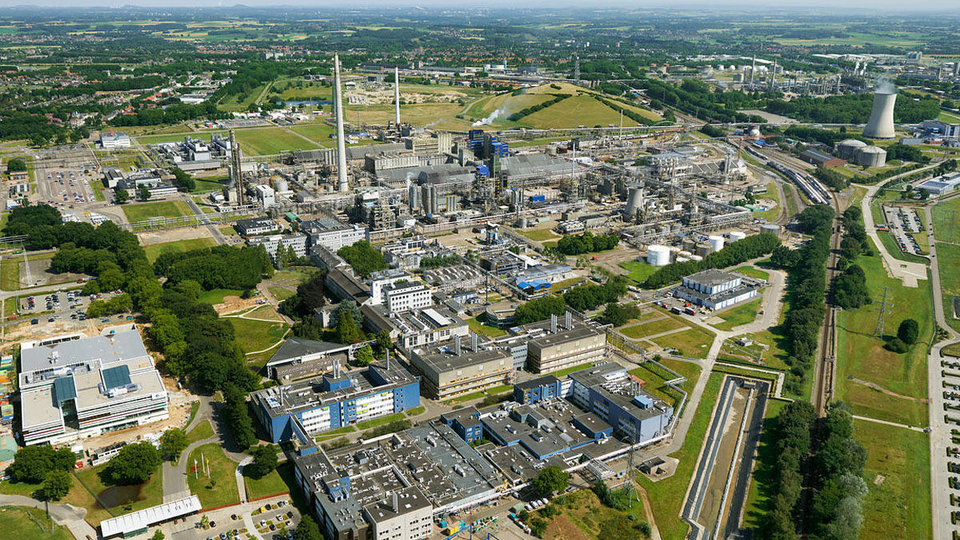
The RIWA annual report 2023 reveals alarming levels of PFAS (per- and polyfluoroalkyl substances) in the Maas river, threatening drinking water for 7 million people. Outdated permits and inadequate monitoring have led to unclear discharge of harmful substances. In response, innovative EU-funded projects are developing cutting-edge technologies to detect and remove PFAS.
Known as “forever chemicals”, these persistent, mobile, and toxic chemicals are notoriously difficult to break down and filter out with current technologies. RIWA-Maas reports that PFAS levels increase by 50% after the Maas enters the Netherlands. This increase poses severe risks to human health and the environment, as PFAS are known to cause cancer, immune system disorders, and other serious health issues.
Impact on water quality
The Maas river is a crucial source of drinking water for cities such as Rotterdam, The Hague, Brussels, and Antwerp. However, the quality of this water is under threat due to industrial discharges, according to the RIWA report. Outdated and incomplete discharge permits mean there is no clear understanding of which harmful substances are entering the river. This lack of oversight makes it impossible to effectively monitor and improve the water quality of the Maas.
Urgent need for updated permits
RIWA-Maas Director Maarten van der Ploeg calls for an urgent overhaul of the existing discharge permits. He stresses the need for a comprehensive overview of all industrial discharges into the Maas. Without this, authorities cannot effectively monitor water quality or meet improvement targets. The current state of outdated permits is not only a threat to public health but also unfair to companies that comply with modern regulations.
EU’s innovative solutions
In response to the PFAS crisis, the EU has funded projects such as SCENARIOS and ZeroF to develop innovative solutions. These initiatives align with the EU’s Zero Pollution Action Plan, striving to reduce harmful pollutants by 2050 and phase out non-essential PFAS use.
- PFAS detection
SCENARIOS is a project focused on enhancing PFAS detection and removal technologies. One notable technique being tested is Surface Active Foam Fractionation (SAFF), which uses air bubbles to concentrate PFAS, achieving over 99% removal. This technique is being trialed in an underground reservoir in Denmark, contaminated by PFAS from a firefighting school. The plan is to finish the demonstration phase by this month, and the next step will require researchers to investigate how to safely destroy concentrated PFAS waste.
Developed by a collaboration of universities, medical centers, research institutes, and companies from 11 nations – including Italy, Sweden, and the UK -, the idea is that the project’s results can be slowly integrated into the circular economies of EU countries and worldwide.
- Safe alternative
Another possible solution to lessen the harmful effects of PFAS could be the adoption of a preventive approach. Instead of detecting these chemicals in the water, the problem could be solved at the source. The ZeroF project, led by Dr Miika Nikinmaa, aims to develop safe and sustainable alternatives to PFAS deployed in food packaging and upholstery. The objective is to create substitutes that are no more than 20% costlier than current PFAS without compromising effectiveness.
Now in the testing phase, the project runs until the end of 2025 and is expected to create innovative and safer alternatives for industries that currently use PFAS in their production chain.
Collaborative efforts
The RIWA-Maas report also highlights the collaborative efforts between European countries to tackle the PFAS issue. Both Germany and the Netherlands are pushing for a total ban on PFAS within the EU. However, until such a ban is in place, individual countries must take immediate measures to control discharges. This collaboration underscores the urgency and collective responsibility needed to address this environmental challenge.


